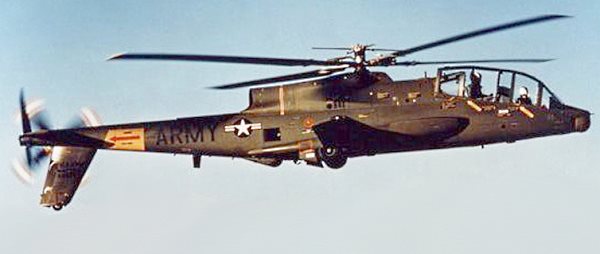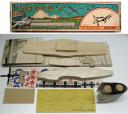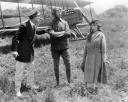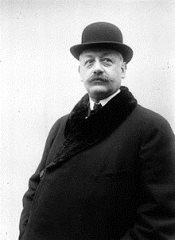By Fred Boucher
with kit release history by Alan Bussie
Introduction
Your humble reviewer has been planning to present this model for years as the Cheyenne has always intrigued me. The AH-56 was an aesthetically odd helicopter designed in the aerodynamic transient era of rounded and squared contours. It had an airplane propeller for thrust and a great looking airframe behind a goofy looking canopy and nose that resembled a cartoon AV8 Harrier! Yet the machine was so fast that during test flights nobody had a helicopter that could keep up with it. Army aviation had to procure some refurbished WWII P-51 Mustangs to chase this raging rotorwing across the sky! The AH-56 was able to perform aerobatics and there are many minutes of AH-56 video available on the internet.
The AH-56 Cheyenne Story
AH-56 was designed to fit the requirements of the US Army’s Advanced Aerial Fire Support System (AAFSS) program (1964-71). The helicopter won the competition and the first prototype flew (unofficially) in September 1966. AH-56 was expected to enter service in 1968, but the program was terminated and the helicopter never advanced beyond prototype stage.
While the AAFSS was won by the Lockheed AH-56A Cheyenne, Bell had entered a scaled-down version of its Iroquois Warrior and the other competitor was the Sikorsky (S-66) (1964) which looked similar to the AH-56A Cheyenne, but had a Rotorprop tail rotor which could rotate on it’s axis through 90 degrees to act both as an anti-torque rotor or as a pusher, thereby transforming the S-66 into a compound aircraft in cruising flight.
Continue reading “Aurora’s Lockheed AH-56 Cheyenne – Kit Review”






